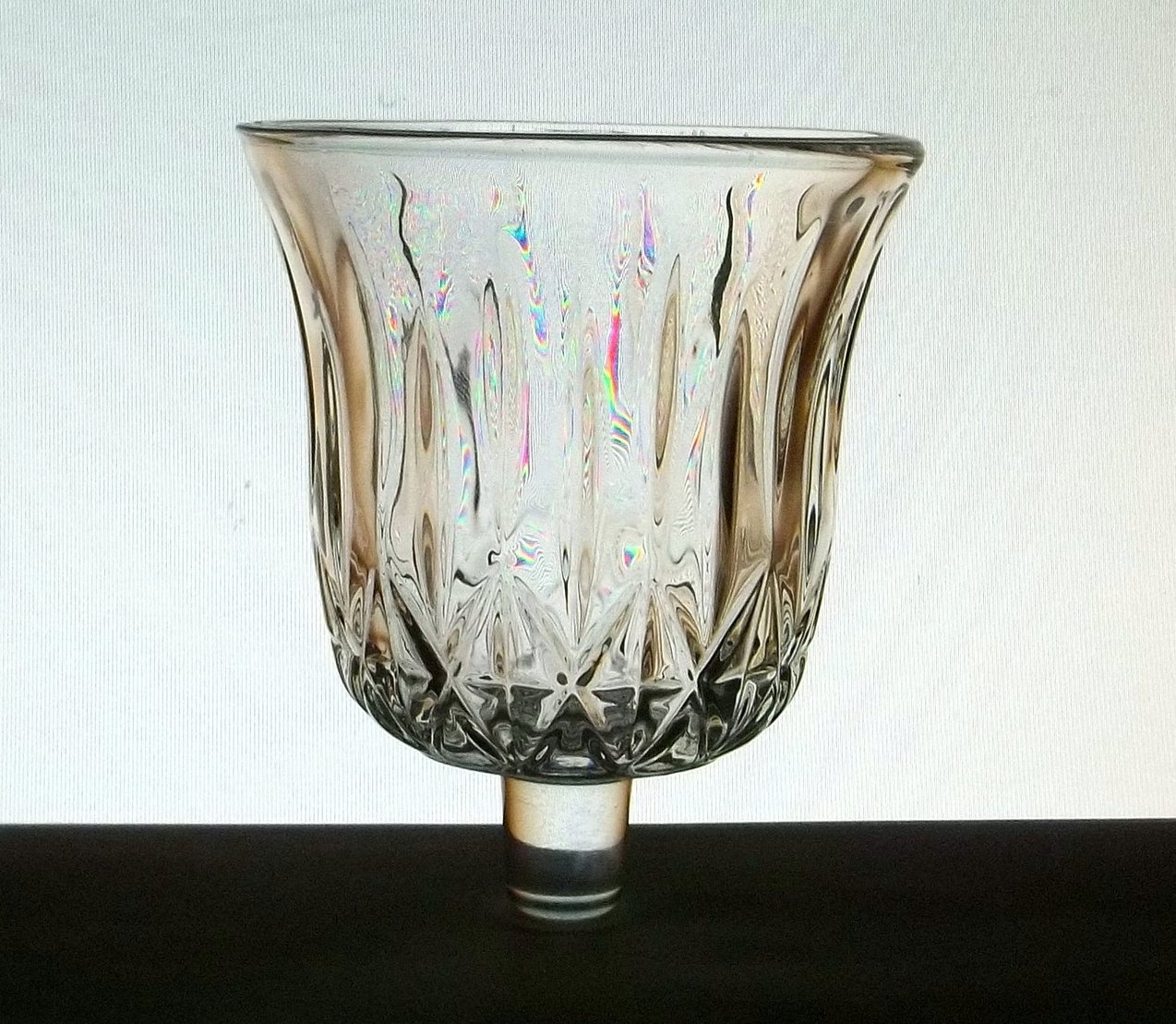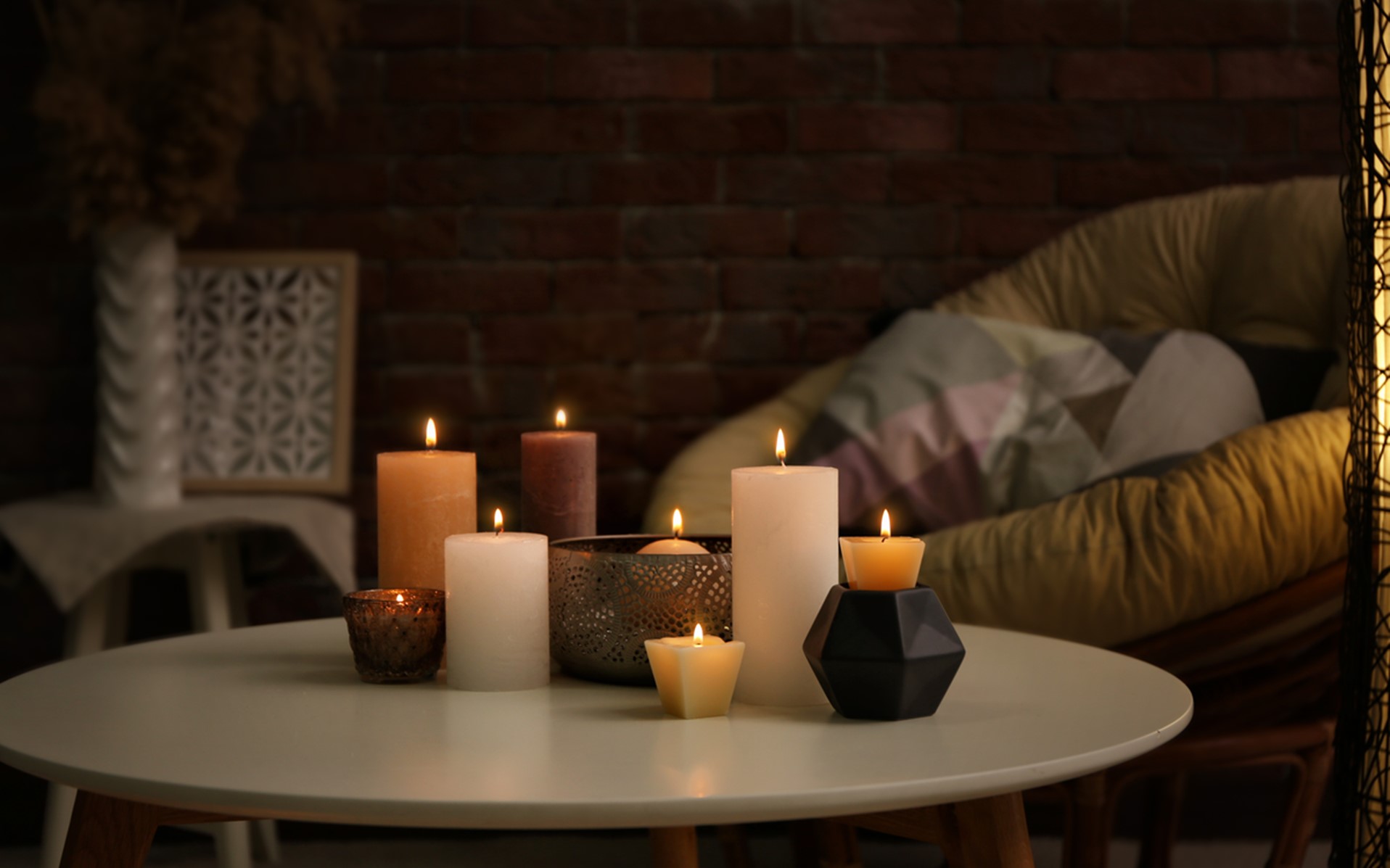Home Interior Candle Market Overview

Home interior candles – The global home interior candle market is experiencing steady growth, driven by increasing consumer demand for ambiance, relaxation, and personal well-being. The market size is estimated to reach USD 6.2 billion by 2026, expanding at a CAGR of 4.3% during the forecast period.
Home interior candles have been an integral part of American interior design, adding a touch of warmth and ambiance to any room. American interior design emphasizes comfort, functionality, and a touch of opulence, which is perfectly complemented by the soft glow and inviting scents of candles.
From classic pillar candles to intricate scented candles, home interior candles are a versatile and essential element in creating a welcoming and stylish living space.
The market is segmented into various types of candles, including scented candles, pillar candles, votive candles, and tea light candles. Scented candles hold a significant market share due to their ability to create a specific atmosphere and evoke emotions. Pillar candles are popular for their versatility and decorative appeal, while votive candles and tea light candles are often used for smaller spaces or as part of larger candle arrangements.
Home interior candles are a delightful way to create a warm and inviting atmosphere in any room. They come in a wide range of scents, from fresh and invigorating to cozy and comforting. Whether you’re looking to add a touch of elegance to your living room or create a relaxing ambiance in your bedroom, candles are a versatile and affordable way to enhance your home décor.
For more room decoration items, visit here. Candles are also a great way to personalize your space, as you can choose scents that reflect your personality and style.
Target Audience
The target audience for home interior candles is primarily composed of individuals who prioritize home aesthetics and personal well-being. They are typically homeowners or renters with a disposable income and an interest in creating a comfortable and inviting living space. The target audience includes:
- Women aged 25-54
- Couples and families
- Individuals seeking relaxation and stress relief
- Home décor enthusiasts
Home Interior Candle Design and Aesthetics: Home Interior Candles

In the realm of home décor, candles have evolved beyond mere sources of illumination, becoming exquisite objects of art that elevate the ambiance of any space. From sleek and minimalist designs to intricate and ornate masterpieces, home interior candles showcase a myriad of design trends that cater to diverse tastes and preferences.
Shapes and Forms
Contemporary home interior candles embrace a wide spectrum of shapes, from classic cylindrical forms to whimsical silhouettes that resemble sculptures. Geometric designs, such as cubes, spheres, and pyramids, add a touch of modern sophistication to any setting. Intricate carvings and embellishments adorn some candles, transforming them into miniature works of art.
Colors and Patterns
The color palette of home interior candles is equally diverse, ranging from muted neutrals to vibrant hues that inject a pop of color into a room. Metallic accents, such as gold and silver, add a touch of glamour, while marbling and ombre effects create a captivating visual appeal. Some candles feature intricate patterns, such as damask or floral motifs, that enhance their aesthetic value.
Fragrance and Ambiance
The fragrance of a home interior candle plays a crucial role in creating a specific ambiance. From invigorating citrus scents to calming lavender notes, each fragrance evokes a distinct mood and atmosphere. Candles can be used to energize a room, promote relaxation, or create a sense of coziness and warmth.
Choosing the Right Candle, Home interior candles
Selecting the right home interior candles for a particular room setting and décor style requires careful consideration. Consider the overall ambiance you wish to create, as well as the existing color scheme and textures. For a modern and minimalist space, opt for candles with clean lines and neutral hues. For a more traditional setting, choose candles with intricate designs and warm, inviting fragrances.
Home Interior Candle Manufacturing and Production

The manufacturing of home interior candles involves a delicate blend of artistry and science. The process begins with the selection of raw materials, each contributing to the unique characteristics of the final product.
Raw Material Selection
- Wax: The choice of wax determines the candle’s texture, burn time, and fragrance throw. Common waxes include soy, paraffin, beeswax, and coconut wax.
- Wicks: Wicks are essential for the proper burning of candles. They are typically made of cotton, wood, or paper and should be sized appropriately to the candle’s diameter.
- Fragrances: Fragrances are added to candles to create a desired ambiance. They can be natural, synthetic, or a combination of both.
Candle Making Process
Once the raw materials have been selected, the candle-making process can begin:
- Melting the Wax: The wax is melted in a double boiler or a dedicated wax melter to a specific temperature.
- Adding Fragrances and Dyes: Fragrances and dyes are added to the melted wax and thoroughly mixed.
- Wicking: The wicks are centered and secured in the candle containers.
- Pouring: The melted wax is carefully poured into the containers, ensuring that the wicks remain centered.
- Cooling and Curing: The candles are left to cool and cure for several days, allowing the wax to fully set and the fragrance to develop.
Sustainability Practices
Sustainability is increasingly important in the home interior candle industry. Many manufacturers are adopting practices to reduce their environmental impact:
- Sustainable Wax Sources: Using renewable and biodegradable waxes like soy and coconut wax.
- Recyclable Packaging: Utilizing recyclable materials for candle containers and packaging.
- Energy-Efficient Production: Implementing energy-efficient practices in the manufacturing process.